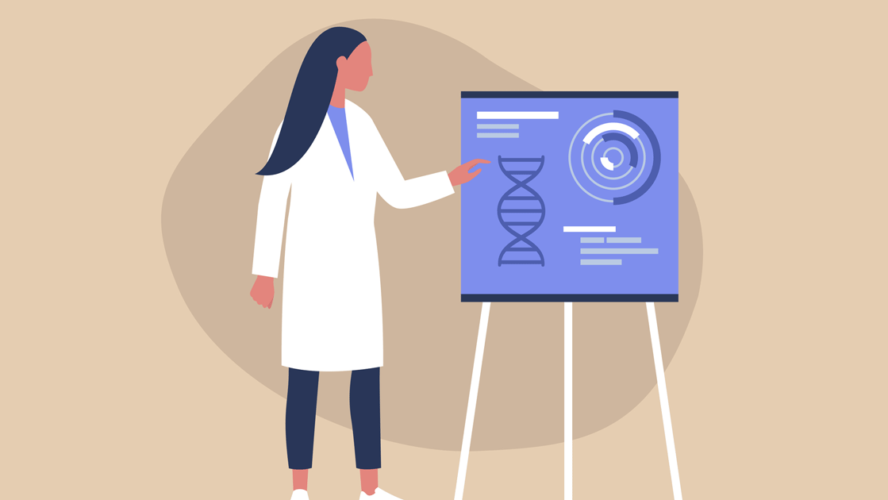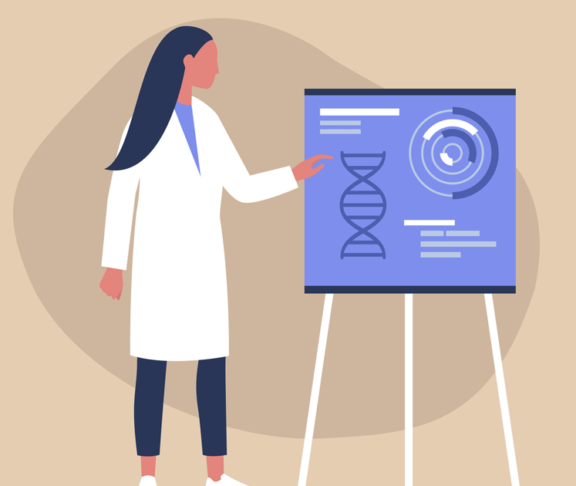
Professor Fausto Pinto
President, World Heart Federation
Tackling the world’s leading cause of death can only happen by breaking down silos in healthcare. If we connect the data, we can ‘connect the dots.’
By 2019, cardiovascular disease (CVD) had affected 523 million people, almost double the cases of two decades earlier. Why and where are the numbers growing and how can we drive them down?
Addressing disease goes beyond diagnosis, treatment and patient monitoring plans. Call it policy, advocacy or frameworks, we need an enabling environment to guide, educate and accompany us on this journey. We must ensure that the most basic human right, access to healthcare, is within everyone’s reach.
Enabling interdisciplinary collaboration
We have to share data, such as that found on the World Heart Observatory, a one-stop hub of curated and visualised data on causes, trends and risks which opens a window to diverse initiatives. The open-access Observatory houses not only medical knowledge but also policies and practices affecting health outcomes, social determinants of health and impacts of care infrastructure. The portal is also special for encompassing interdisciplinary work including that of nutritionists and psychologists.
We also need to unleash the power of data for good. Collecting, verifying and analysing data patterns entails work by statisticians and AI experts. Ethics in data-sourcing and methodologies to foster trust must underpin efforts. The 4th Global Summit on Circulatory Health rightly focused on digital health; work to provide unbiased, qualitative and truly representative data is only scaling up.
During the COVID-19 pandemic, the digitally ‘connected’ held an advantage in tapping into much needed care.
Data must be accessible to all
Alongside growth in digital healthcare is the prevalence of CVD, much of it occurring in low to middle-income countries. During the COVID-19 pandemic, the digitally ‘connected’ held an advantage in tapping into much needed care. Inclusive access to data and digital tools for care is a ‘must.’
Another example is neglected diseases. Chagas disease and rheumatic heart disease (RHD) are preventable, yet kill more than 300,000 people combined, annually. We know how these diseases occur and how to treat them, but even more importantly, how to prevent them. In the medical field, therefore, it is as much about the will to commit resources and to help the most vulnerable as it is about treatment plans or products.
Curation is a first crucial step in data collaboration; it paves a path to inclusive partnerships essential to interpreting data and unlocking solutions that might lurk beneath the surface of algorithms and bytes.
The World Heart Federation (WHF) represents the global cardiovascular community, uniting patient, scientific and civil society groups.
For more information, visit worldheart.org.


